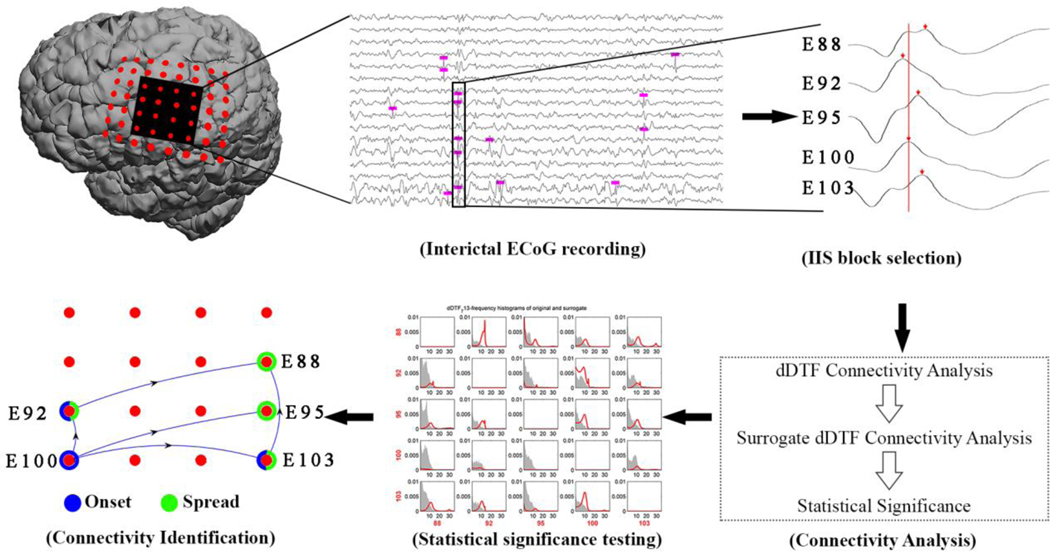Figure 1. Discrete short time direct directed transfer function (dDTF) computing propagation of synchronous interictal spikes.
For a selected set of electrodes corresponding to a specific part of the brain, interictal ECoG recording segments were selected and interictal spikes were identified. The dDTF method was applied to synchronously appearing interictal spikes (IIS block selection) to evaluate their propagation activity (connectivity analysis), followed by statistical significance testing using a surrogate data method. In this matrix, the greater the area under the red line for each pair of electrodes that is outside the gray areas corresponds to a significant propagation. Interictal spike onset and spread electrodes were identified based on the frequency of outgoing and incoming propagations for each electrode (connectivity identification, represented by the blue arrows).

